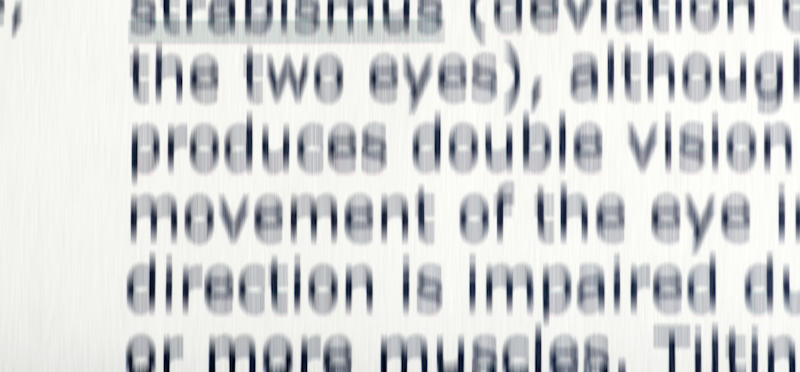If you’re like most parents who have a child who has been having a difficult time learning to read, you’ve had your child’s vision checked out by your family optometrist. And, as has been the case with many of my clients’ parents, you’ve very likely been told that your child’s vision is fine, with the possible exception that glasses were prescribed to compensate for near or far sightedness or to correct an astigmatism. So you feel that you can rule out any vision explanation for your child’s reading problem.
Not So Fast - Vision Skills Might Still be a Problem
Based on my experience with children I've seen in my reading tutoring business, the likelihood that your child still has an undiagnosed vision problem is quite high, particularly if reading problems run in your family.
While your child’s eyesight might be fine, or have been corrected with glasses, this doesn’t mean that he has good binocular control. He could be having difficulty getting both eyes working together when he attempts to read. The result can range from his getting headaches after reading a while, to his avoiding reading for pleasure, all the way to his being completely unable to grasp basic phonics instruction as a young child.
My experience has taught me that certain vision skills must be in place before a child can handle the task of learning to read. The vision skills of the sort I’m talking about are developmental in nature. A baby doesn’t have them. They develop in response to his need to get along in the world.
But some children don’t develop the proper vision skills. We end up thinking of them as dyslexic not because we know they have poor visual skills, but because we see the symptoms of those poor visual skills. And one of the most prominent symptoms is that these children struggle to learn to read.
Well-Developed Visual Skills are Important
Visual skills are not the same as visual acuity. Almost all of the young clients in my private reading practice had already had vision exams and their parents were assured that their child could see print clearly (although some did require prescription glasses to achieve that.) Virtually all the children I saw had acceptable visual acuity, but many showed symptoms of poor visual skills. The most common problem many faced was that both eyes didn’t work well together to form a clear, single image of the print they were viewing.
I eventually concluded that nearly all children (and many adults) who struggle with reading are also dealing with undiagnosed problems with their vision skills. Read my Survey on Reading Ability on to understand why I came to that conclusion.




